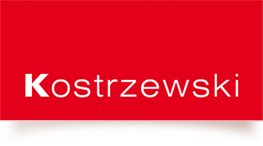As Hollywood slowly returns to normalcy after the COVID-19 pandemic, there has been a lot of talk about the return to work agreement which has been put in place to ensure the safety of everyone involved in the film and television industry. This agreement is aimed at reducing the spread of the virus among cast and crew members, and to mitigate the risk of production shutdowns due to outbreaks.
The return to work agreement was put in place in collaboration with the entertainment industry’s unions and guilds, including SAG-AFTRA, The Directors Guild of America, and the Writers Guild of America. This agreement outlines a detailed set of protocols to be followed by all members of the cast and crew, including regular testing and mandatory masks on set.
One of the key aspects of the agreement is the establishment of a zone system. This involves dividing the set into different zones with varying levels of access, based on the level of risk involved. For example, Zone A includes the cast and any crew members who need to interact with them closely, such as makeup artists, hairstylists, or camera operators. This zone requires the highest level of protection and strict adherence to safety protocols.
Additionally, the agreement requires regular COVID-19 testing for everyone on set, including cast and crew members, and daily health screenings. Anyone who tests positive for the virus must immediately self-isolate and will not be allowed on set until they test negative.
Another important aspect of the agreement is the requirement for a dedicated COVID-19 compliance officer on any production with more than 10 people on set. This officer will be responsible for ensuring that all protocols are being followed, and for addressing any issues or concerns that arise.
Overall, the return to work agreement in Hollywood is an important step in ensuring the safety of everyone involved in the film and television industry during the ongoing pandemic. By establishing strict protocols and guidelines, and monitoring compliance closely, the industry can continue to operate while minimizing the risk of outbreaks and production shutdowns.
